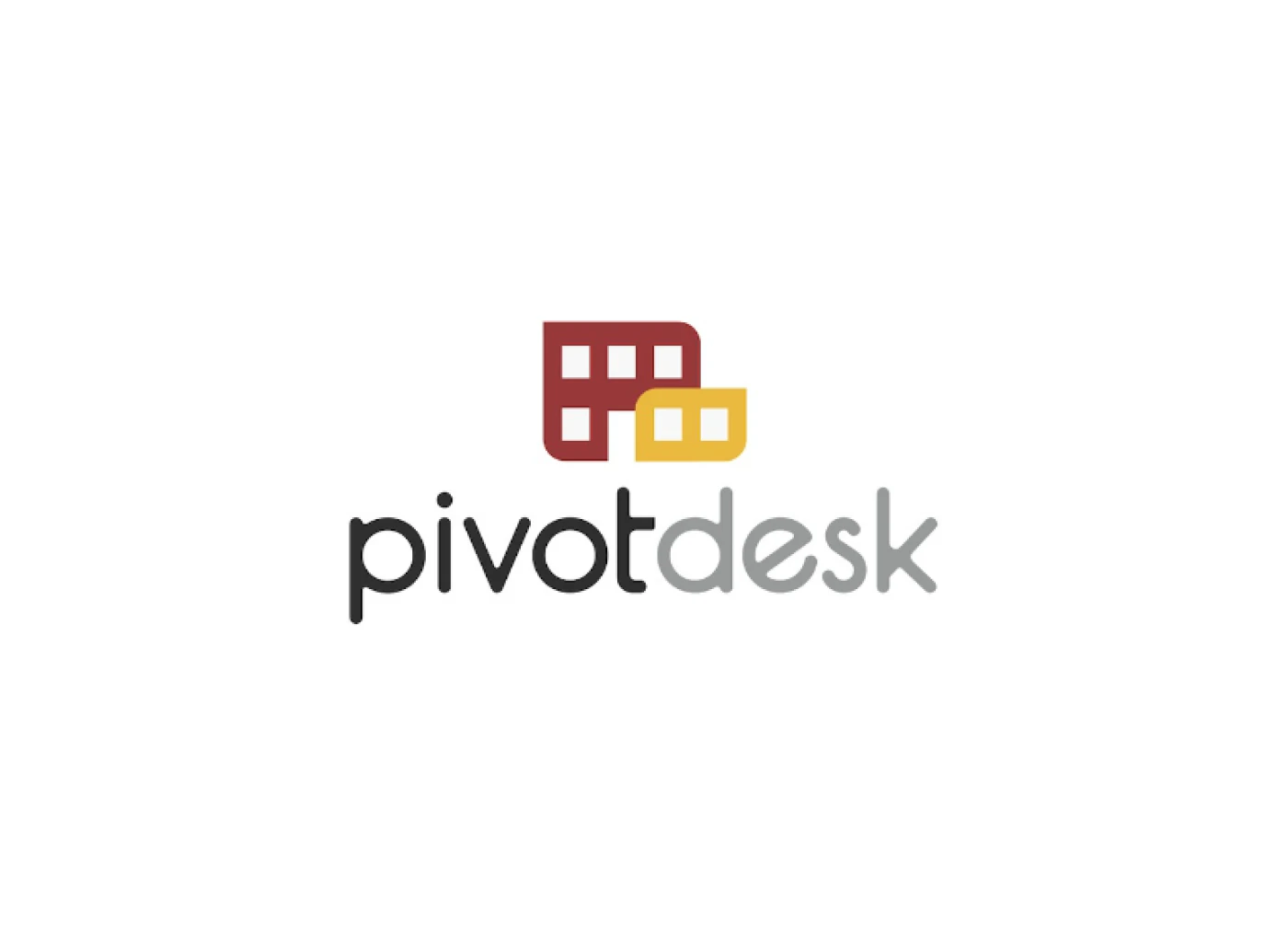It’s a story aspiring entrepreneurs hear often: employers highlight the success their company has found through a pinch of luck, a market need, and a clever strategy. But behind the glamour, the challenges of running a business can feel crushing — something entrepreneurs don’t always talk about in the spotlight.
Leading a Team Through the Good and Bad
As Bob Parsons, the founder of GoDaddy put it, “The temptation to quit will be greatest just before you are about to succeed.” Both PivotDesk and Justworks help entrepreneurs free themselves from those challenges and simplify running their business.
And so, this Fearless Confessions series was born. Together, PivotDesk and Justworks will help entrepreneurs tackle the more difficult aspects of leading a business through insight, ideas, and inspiration. To kick off the series, PivotDesk CEO David Mandell gave us a rundown of some of the strategies he's picked up through the years for managing a dynamic team through the good times and the bad.
As a leader, learning to manage a dynamic team through tactical hiring and firing is one of the most challenging yet necessary skills you’ll pick up. Why? Your people make or break your business, full stop.
Luckily, there are ways to approach both decisions — hiring and firing — with dignity and preparation to make the experience as positive and productive as possible for both parties.
On your best day, you’ll bring on a passionate new team member who will help take your business to the next level. On your worst day, you’ll let someone go. And no matter how poor of a fit they might have been — this is still a bad day. There’s a ton of pressure involved when you’re impacting both your business and someone’s career (and by default, their life). Luckily, there are ways to approach both decisions — hiring and firing — with dignity and preparation to make the experience as positive and productive as possible for both parties. I’m going to take you through some of the strategies I’ve learned through my experience as both a CEO and a long-time Techstars mentor, for managing the good and the bad.

Putting Values First
It may not seem critical when you’re running a fast-paced business — especially in the early stages — but investing some time in establishing your company values early on can have a huge payoff when it comes to hiring and firing effectively. Think values can wait? Consider that your early hires will have a critical impact in determining the cultural foundation of your business. At PivotDesk, we took this initiative very seriously. Over the course of a week, the executive team met with a leadership coach to pull out exactly what values we wanted our culture to center on. Once we had the framework, we circulated our plan amongst the greater team, creating an anonymous feedback loop so everyone had a say. Once we had solidified the values, we memorialized them on our office walls. It’s the first thing everyone sees when they walk into work each day. It was important to me that the entire leadership team was involved in the codification of our values, because if the leadership isn’t upholding the values, no one will.
Cultural fit should be determined by your company values, which are the pillars of conduct you’re building your business on.
Now, when it comes to making tough hiring/firing decisions we’re able to measure people against those values objectively. Culture has become a measurable benchmark and it has taken the “who’s buddies with whom” dilemma out of what should be a very well thought-out process. And once we bring on a new-hire, we present them with our company values and ask that they sign a document confirming they’re on board.
Getting the Timing Right
So how do you know when to hire? Simple: Hire when there’s pain. Your first resort should always be to reallocate someone internally.You see, hiring too far ahead can lead to the wrong person for the job very easily. I recommend testing the role on someone who is already working for the company — even if they won’t be responsible for the job long term — so they can report back on what’s really involved. When that person becomes overwhelmed, make a hire. Here’s where things get complicated… It goes without saying that as a lean business, you need to be incredibly careful about when you choose to bring on a full-time employee — but you don’t want to be too careful. Too many companies waste time and opportunity looking for just the right person, when in actuality, getting someone good in the door quickly can yield a lot more value in far less time. This is the concept behind “hire fast, fire fast.” In my opinion, too many companies focus on hiring slow and firing fast, but personally, I think there is too much opportunity lost with this mentality.
Making the Hire
It’s expensive to hire someone new. It’s even more expensive to fire that person prematurely, so it’s essential to do your due diligence here. This is where those company values we went over above come into play. Your first priority — over evaluating someone’s resume and years of experience — is to measure them against your company values. This will determine if that person will enhance or damage your company culture, so the importance of cultural fit can’t be understated. And remember, cultural fit doesn’t mean whether or not you’d want to grab a beer with this person outside of work. Cultural fit should be determined by your company values, which are the pillars of conduct you’re building your business on. At PivotDesk, once a candidate clears the company values test, we rank them on the following list of criteria:
Cultural fit
Potential to grow into a role
Work ethic
Ability to problem solve independently
Flexibility and ability to “go with the flow”
Ambition
Resume and past experience are secondary because the reality is, we don’t know exactly what our business needs will be in the future. But we do know that a bright, passionate team with the ability to “go with the flow” will be a boon to our business in good times and in bad. Need proof? Check out our post on how scaling back actually helped us grow.
When Things Don't Go as Planned
As much as you might try to avoid it, you’re going to make mistakes. Employees you thought would be great additions to your team won’t be, and you’ll have to make the devastatingly difficult decision to let them go. As a CEO, this is my least favorite part of the job. Letting go of an employee is never easy, especially when that person is a friend. But when keeping a bad actor on is threatening your business, the decision must be made. So, how do you do it right? At PivotDesk, our approach to firing isn’t necessarily “fire fast” — instead, we try to address the situation quickly so we can find a solution quickly, whether that’s leading the team member in question to success, or letting them go. And because our ultimate goal when it comes to firing, is that no one is ever surprised, we use a very specific framework for correcting these situations. That framework looks like this: - Set a meeting to address what’s not working - Measure their performance/attitude against their expected performance/cultural fit - Clearly explain how they can improve - Set a plan of action for improvement together - Determine a timeline for improvement - Meet to re-assess. If things are going well, set a future meeting to assess improvement.
If the situation remains unchanged, it’s time to end the work relationship. The process is never easy, but letting a bad situation linger can be devastating to morale and company culture as a whole.
In Closing...
As a leader, you’re bound to lose sleep along the way — there’s just no avoiding it — but a dedicated team will make the journey, bumpy as it may be, well worth it. So, my best advice to you is this: - Set your core values early on - these will be helpful in all aspects of running a team from hiring, to managing to firing. - Hire for potential, not just skill - this flexibility will make it easier to shift your team around as the company changes its path. - It’s not fire fast - it’s address problems fast. Use a review process to ensure people have a chance to change. Now, go out and build great things.
Learn more with Justworks’ Resources
Scale your business and build your team — no matter which way it grows. Access the tools, perks, and resources to help you stay compliant and grow in all 50 states.









